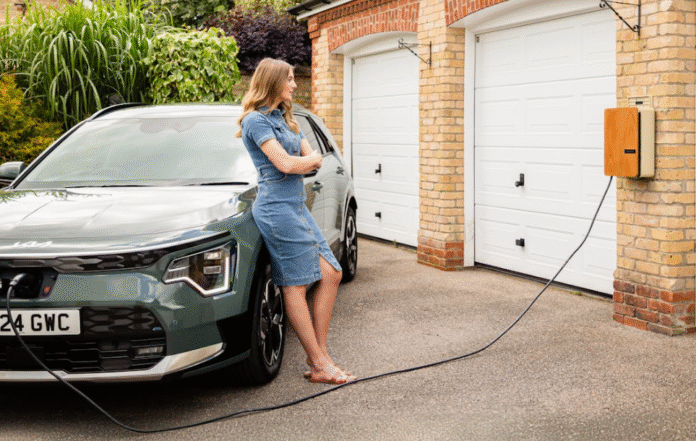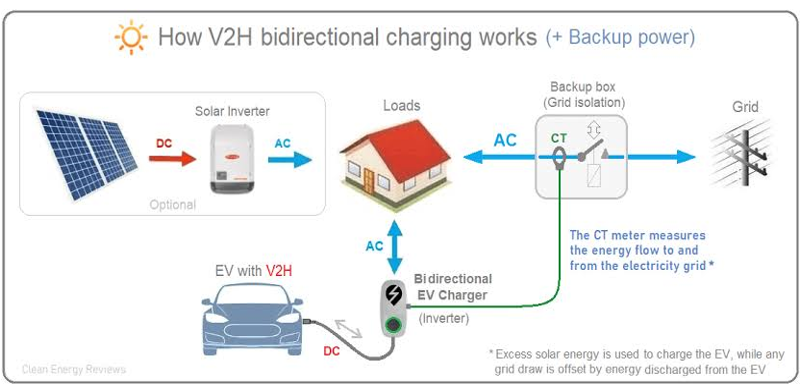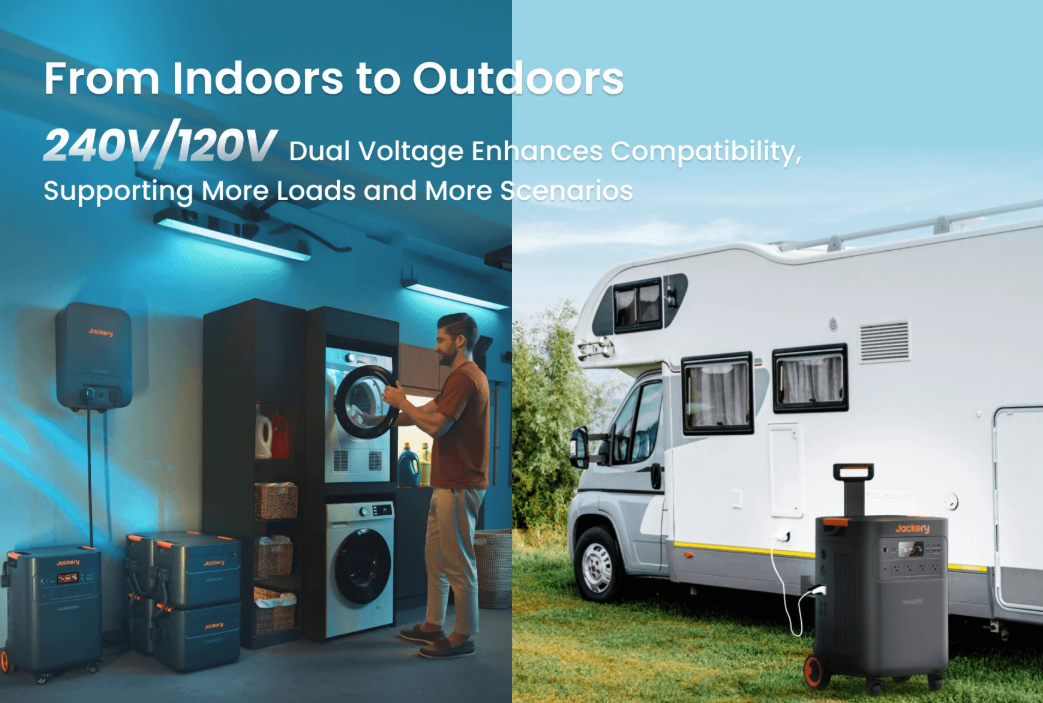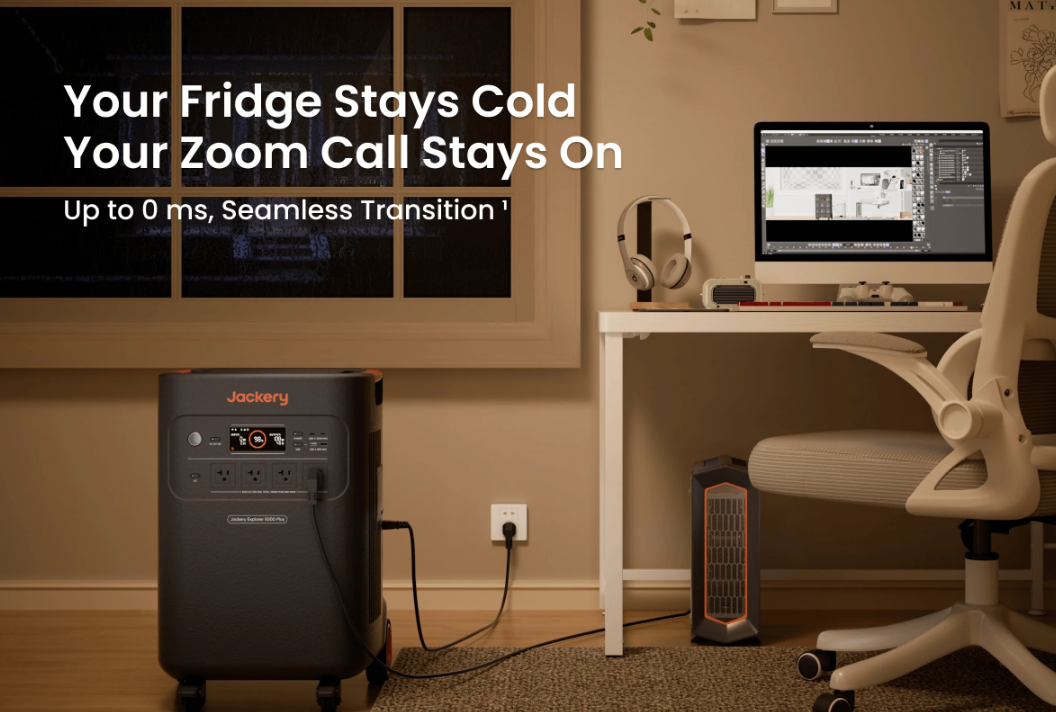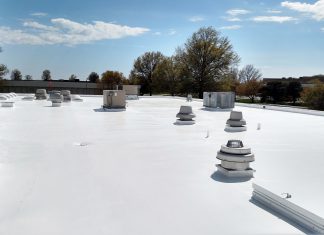In regions like Texas and the Pacific Northwest, where extreme weather and grid instability frequently result in prolonged blackouts, having an essential home backup system is crucial. From spoiled food to unusable appliances, the consequences of being left without electricity can be both inconvenient and costly.
When considering battery backup for your home, two popular options stand out: portable power stations and Vehicle-to-Home (V2H) systems. Each offers distinct advantages depending on your lifestyle, power needs, and budget. In this guide, we will compare these two forms of backup power for homes, helping you decide which solution offers the best protection and flexibility when the grid goes down.
What is V2H? What is A Portable Power Station?
Two rising solutions in home energy resilience are Vehicle-to-Home (V2H) systems and portable power stations.
Vehicle-to-Home (V2H): Your EV as a Backup Power Source
V2H technology allows you to transform your electric vehicle (EV) into a powerful, mobile backup power source. During a power outage, electricity flows in reverse, that is, from your EV’s battery back into your home, providing enough energy to keep essential appliances running. This is especially useful during storm power outages or prolonged hurricane power outage situations where grid power may be down for days.
Modern electric vehicles, such as the Ford F-150 Lightning or Hyundai Ioniq 5, can deliver several kilowatts of power for hours or even days, depending on the vehicle’s battery size and the home’s energy consumption. V2H offers both energy security and cost savings through smart energy use.
How V2H Works: Key Components?
A V2H system includes three essential parts:
- Bi-directional Charger: Unlike conventional EV chargers that only allow electricity to flow into the vehicle, a bi-directional charger enables two-way power transfer. This means it can not only charge your EV but also pull energy from the vehicle’s battery to power your home during an outage.
- Inverter: Since electric vehicles store energy in DC (Direct Current), an inverter is essential to convert that energy into AC (Alternating Current), which is what home appliances use. This component ensures the power from your EV can be safely and efficiently used by your household systems.
- Home Grid Connection: The system connects to your home’s electrical panel, allowing the distributed power to flow directly into selected circuits. This connection enables automatic or manual switchover during a grid outage, ensuring essential rooms and appliances stay powered.
Together, these components create a seamless energy loop that automatically activates when the grid goes down.
Portable Power Station: Flexible Backup for Homeowners
A portable power station is a compact, all-in-one backup power source that typically includes a rechargeable battery, an inverter, and multiple output ports. Unlike V2H, these units don’t require a vehicle or installation. They are plug-and-play solutions ideal for short-term blackouts or emergencies. Most models can power small appliances, medical devices, and lights, making them a practical option for storm power outages.
While they may not offer the capacity of an EV-based system, portable stations shine in their simplicity and portability, providing immediate battery backup for homes without complex setups.
Comparison Between V2H And Portable Power Stations
Here is a comparison table that clearly contrasts the core differences between Vehicle-to-Home (V2H) and Portable Power Stations as battery backup for homes.
| Feature | Vehicle-to-home (V2H) | Portable Power Station |
| Capacity & Run Time | Massive capacity (40-100+kWh) can power a home for days. | Limited capacity (0.3-5kWh), powers essentials for homes. |
| Power Output | High output (5–10 kW+); supports large appliances simultaneously. | Varies (300W to 3kW+); suitable for small to mid-range devices |
| Cost (initial & operating) | High upfront investment (EV+ bi-directional charge) | More affordable, prices start from |
| Installation and convenience | Complex installation: needs professional setup and compatible EV | Plug-and-play: no installation required |
| Flexibility & Mobility | Limited mobility: tied to your parked EV | Highly portable: ideal for indoor and outdoor, and travel use. |
| Environmental friendliness & noise | Clean, quiet energy from EV battery | Clean and quiet, though fans may produce mild noise. |
| Use Cases | Best for whole-house backup during major outages (e.g. hurricanes) | Great for powering essentials, outdoor activities, or short outages |
How to Choose the Right Battery Backup for Home: Practical Tips Based on Your Needs
Selecting the right battery backup for home depends on more than just price or capacity. Your lifestyle, energy habits, and even the infrastructure of your house play major roles.
Below are key factors to consider when deciding between a Vehicle-to-Home (V2H) system and a portable power station:
Assess Your Energy Needs
Start by identifying which appliances and systems are crucial during a power outage. This might include:
- Refrigerator (100–800W).
- Lights (5–60W each).
- Wi-Fi router (5–15W).
- Medical devices (varies).
- Heating/cooling systems (up to 2000W+).
- Phone/laptop chargers (10–100W).
Once you have listed the devices, calculate their combined wattage and estimate how long you want to run each item. For instance, if your essential load is 2000W and you need power for 5 hours, your battery backup for home must supply at least 10,000Wh (or 10 kWh). This will help determine whether a portable power station with 1–5 kWh is sufficient or if a V2H system, capable of delivering 40–100+ kWh, is a better fit.
Budget Considerations
Your budget is a significant factor. Portable power stations range from $300 to $3,000+, depending on capacity and features. They are more accessible and involve no installation costs.
In contrast, a V2H system requires:
- A compatible electric vehicle.
- A bi-directional charger ($4,000–$7,000).
- Professional installation ($1,000–$3,000).
- Possibly electrical panel upgrades.
V2H offers more capacity but comes with a high initial investment. Evaluate what you are willing and able to spend on your battery backup for home, especially if it is intended to support critical loads or your entire household.
Do You Own an Electric Vehicle (EV)?
This is a make-or-break factor for V2H. If you don’t already own a V2H-compatible EV, this option may not be viable unless you plan to purchase one soon. Some EVs like the Ford F-150 Lightning, Hyundai Ioniq 5, and certain Nissan Leaf models support V2H, but compatibility varies by region and charger availability.
Without an EV, a portable power station remains your most straightforward and flexible battery backup for the home. It requires no vehicle integration, works right out of the box, and can be easily moved or scaled to meet your evolving energy needs.
Installation Environment and Compatibility
Before investing in V2H, assess the electrical infrastructure of your home to ensure it is suitable for the system.
- Do you have space for a charger and an inverter?
- Is your electrical panel compatible, or will it need an upgrade?
- Can your home safely disconnect from the grid during outages (islanding)?
V2H installation is not a DIY job. It demands certified professionals and permits in many areas. Moreover, older homes may require significant rewiring or the addition of a dedicated sub-panel to support V2H functionality. You will also need to check local utility regulations, as not all regions currently allow bi-directional power flow without specific approval.
On the other hand, portable power stations avoid these complications entirely. They do not require complex installation. They are ready to use out of the box, making them an ideal battery backup for home renters or smaller homes.
Long-Term Value and ROI
When evaluating the long-term return on investment (ROI) for a battery backup for your home, it’s important to consider the ongoing benefits and savings each solution can deliver.
Here is a closer look at the value each option offers:
- Energy arbitrage: By charging your electric vehicle during off-peak hours and using that stored energy to power your home during peak-rate periods, you can significantly lower your energy bill. This practice, known as energy arbitrage, is only possible with bi-directional systems like V2H.
- Grid independence: You are better protected against rising electricity prices and blackouts. It allows you to store a large amount of power and automatically switch to EV-supplied electricity during power outages, ensuring the continued operation of critical appliances.
- Incentives: Many regions offer incentives for EV infrastructure, including bi-directional chargers, smart home energy systems, and installation services. These can take the form of tax credits, rebates, or utility grants, significantly reducing the overall cost of a V2H setup.
While portable power stations don’t provide ongoing utility savings like V2H systems, their low initial cost and plug-and-play design make them an attractive option for households that need occasional backup or temporary emergency power. They are also ideal for renters or those who want energy security without modifying their home’s electrical system.
Additionally, some higher-end portable models support solar recharging, offering modest long-term benefits for off-grid or eco-conscious users. Although they may not deliver the same ROI as V2H in the long run, they are a smart and practical investment for short-duration outages and mobile use.
Lifestyle Considerations
If you enjoy camping, road trips, tailgating, or living off-grid part-time, a portable power station is unmatched in terms of mobility and convenience. These units can power your gear wherever you go, making them versatile beyond home use.
Meanwhile, V2H is a stationary solution, ideal for those who prioritize whole-house backup power and rarely need to move their power source.
Why the Jackery Explorer 5000 Plus Is a Smart Battery Backup for Home — Better Than V2H for Many Households
The Jackery Explorer 5000 Plus is a powerful and versatile solution for anyone looking for a battery backup for the home. While Vehicle-to-Home (V2H) systems offer whole-home energy solutions, they require a compatible EV, costly installations, and space for specialized hardware.
In contrast, the Jackery Explorer 5000 Plus delivers plug-and-play backup power with high capacity, clean energy, and ease of use, making it a practical alternative for most homes.
Stay Powered Through Hurricanes, Storms & Blackouts
With a 5–60 kWh expandable capacity and 7200–14400W output, the Jackery Explorer 5000 Plus is designed to keep your home running for up to 30 days during extended power outages. Whether it’s your refrigerator, washer, Wi-Fi router, or even power-hungry appliances like dryers or freezers, this unit handles it all without breaking a sweat.
0ms Switchover for Critical Devices
The built-in 0ms Uninterruptible Power Supply (UPS) ensures that essential electronics, such as computers, routers, or medical equipment, remain powered with no downtime. Unlike many portable power stations that experience a delay in power transition, the Jackery Explorer 5000 Plus offers seamless backup, which is ideal for remote workers, online meetings, and sensitive electronics.
Power Where You Need It with Smart Transfer Switch
Pair the Jackery Explorer 5000 Plus with Jackery’s Smart Transfer Switch, and you can directly connect it to your home’s essential circuits. That means you will have uninterrupted power for select rooms, lights, outlets, or kitchen appliances without needing to run extension cords.
Fast & Flexible Charging Options
With up to 4000W of solar input and five charging methods, including hybrid options, the unit can be fully charged in as little as 1.7 hours. You can use:
- AC charging (1800W, 3.5 hours).
- Smart Transfer Switch (4000W, 1.7 hours).
- Solar panels (1000W, ~6.5 hours with 2x 500X panels).
- Hybrid setups for maximum speed and flexibility.
Eco-Friendly and Safe for Indoor Use
The Explorer 5000 Plus is zero-emission, making it safe for indoor use, which gives it a major advantage over gas generators. It also features a dual-voltage output (120V/240V), allowing you to power a wider range of appliances both indoors and outdoors, from air conditioners to power tools.
Wrapping It Up
Choosing between V2H and a portable power station depends on your lifestyle, budget, and home setup. V2H offers a long-term, high-capacity solution with strong ROI for EV owners, while portable power stations provide flexibility, affordability, and ease of use.
For most households seeking a reliable battery backup for their homes, especially during storms or blackouts, a powerful portable solution like the Jackery Explorer 5000 Plus stands out. With its high capacity, fast charging, and smart features, Jackery delivers dependable performance without the complexity of V2H, making it a smart and accessible choice for tackling power outages with confidence.
